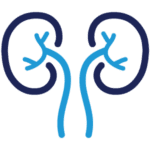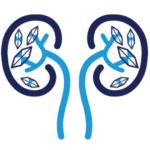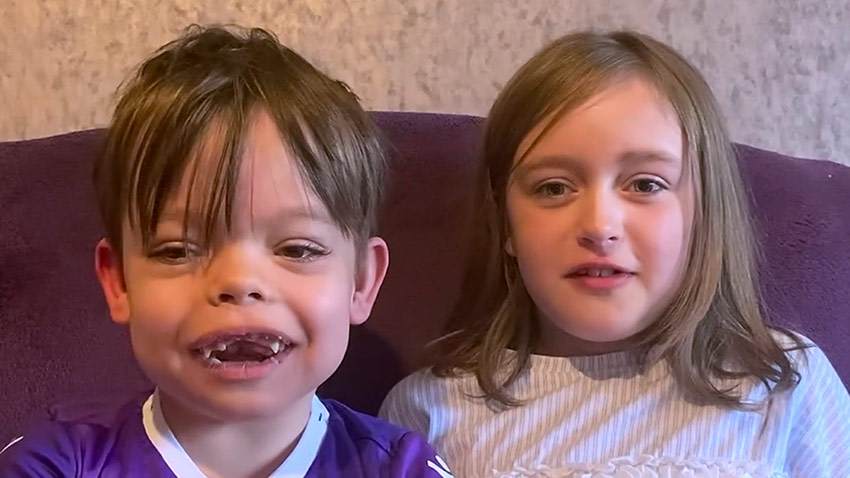Alnylam Pharmaceuticals is responsible for the funding and content of this website. The site is intended for Healthcare Professionals in Europe, Middle East and Africa. For disease awareness purposes only.
Alnylam Pharmaceuticals is responsible for the funding and content of this website. The site is intended for Healthcare Professionals in Europe, Middle East and Africa. For disease awareness purposes only.
PH1 is a heterogeneous disease.1,4 PH1 patients with identical genotypes, and even members of the same family, can have variable disease symptoms.4
Infant and child patients may present with one or more of the clinical manifestations below:1,4–7










Patients may present with one or more of the clinical manifestations below:1,4–7






Kidney stones are the most common clinical manifestation and the one that most often leads to a diagnosis of PH1, though not all patients with PH1 may be stone formers.5,8,9 All patients suspected to have PH1 should undergo genetic assessment according to the ERKNet and OxalEurope 2023 clinical practice recommendations.10
Once the estimated glomerular filtration rate declines to below 30–45 mL/min/1.73 m2, systemic oxalosis can occur because the kidney is unable to excrete oxalate effectively due to excess accumulation of calcium oxalate crystals.5,6
Diagnose as soon as possible to ensure prompt management.1,2,3,6,19,20
ERKNet and OxalEurope 2023 clinical practice recommendations advise that all patients with suspected PH1 undergo genetic testing10

“Zoe and Ryan (brother) were genetically tested following Nathan’s (brother) [PH1] diagnosis. At that time Zoe had no symptoms at all. We had no suspicion that there was anything wrong. The bloods were, it seemed OK, but her kidneys had a lot of kidney stones. How she was coping with that, I’ve got no idea.”
Becky
UK mother of two children with PH1
See how genetic testing plays an important role in a PH1 diagnosis.1,3
PH1-INTR-00021 | January 2025

ThinkPH1 is a trademark of Alnylam Pharmaceuticals, Inc.
©2025 Developed and produced by Alnylam Switzerland GmbH. All rights reserved.
PH1-INTR-00025
January 2025
Alnylam Pharmaceuticals is responsible for the funding and content of this website. The site is intended for Healthcare Professionals in Europe, Middle East and Africa. For disease awareness purposes only.
By accessing the website, you confirm to be a Healthcare Professional from Europe, Middle East, or Africa:
If you are not a Healthcare Professional, please access the LivingwithPH1.eu website here.